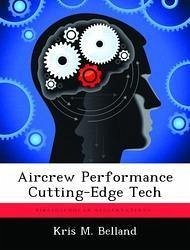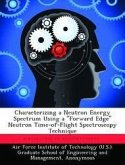Introduction to human performance -- Fatigue operations -- Vision enhancement/refractive eye surgery -- Nuclear biological and chemical (NBC) threat environment and the Tactical air (TACAIR) operator -- Directed energy weapons/battlefield lasers -- Mishap reduction -- Conclusions/recommendations. Appendix A: US Navy corneal surgery policy. "Using cutting-edge technology to create a human factors advantage in military operations will contribute to success on the battlefield of the future whether below the surface, on the surface, in the air, or in space. Human factors system selection in the past has appeared to be arbitrary and intermittent, with no unifying vision and apparently little or no coordination between the military services. Mature, timely applied technology will reduce risk and enhance combat capability. By decreasing mishaps during training and combat, there will be a reduced number of lost lives of highly trained and costly aircrew, while preserving training and combat assets (aircraft/unmanned vehicles). A concomitant increase in survivability through better understanding of human factors technology will ultimately give the modern aviation warrior a tactical edge throughout the full spectrum of combat and provide secondary benefits to the civilian aviation sector. This paper will explain currently available and emerging aviation human factors technological advances in today's military aviation weapons systems and recommend a vision (and direction) for the most promising, emerging aviation human factors-related technological advances. Emerging human factors areas addressed in this paper include fatigue; vision enhancement/refractive eye surgery; nuclear, biological, and chemical weapons; directed energy weapons; mishap reduction; service culture; situational awareness; spatial disorientation; simulation; and training.
Hinweis: Dieser Artikel kann nur an eine deutsche Lieferadresse ausgeliefert werden.
Hinweis: Dieser Artikel kann nur an eine deutsche Lieferadresse ausgeliefert werden.








